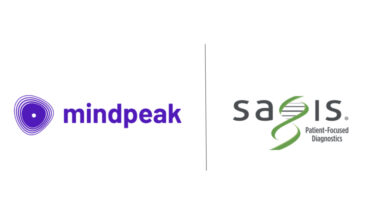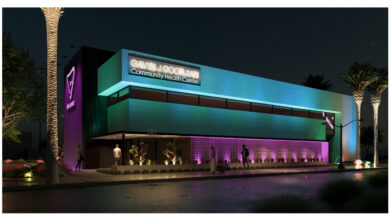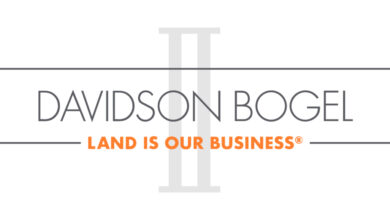Global Precast Concrete Market (2020 to 2025) – Ease of Installation and Relocation is Driving Growth – ResearchAndMarkets.com

DUBLIN–(BUSINESS WIRE)–The “Precast Concrete Market by Element (Columns & Beams, Floors & Roofs, Girders, Walls & Barriers, Utility Vaults, Pipes, Paving Slabs), Construction Type, End-use Sector (Residential, Non-residential) – Global Forecast to 2025” report has been added to ResearchAndMarkets.com’s offering.
The global precast concrete market size is projected to grow from USD 130.6 billion in 2020 to USD 174.1 billion by 2025, at a Compound Annual Growth Rate (CAGR) of 5.9%.
The global precast concrete industry has witnessed high growth primarily because of the booming construction sector, rise in renovation & remodeling activities, and rapid urbanization & globalization. Demand for cost-effective, time-efficient, environmentally friendly, and durable construction products is another key factor contributing towards the increasing demand of the precast concrete market over the next few years.
In terms of both value and volume, girders segment to be the fastest-growing segment by 2025.
The girders segment is projected to grow at the highest CAGR from 2020 to 2025. Girders made of precast concrete are mainly used in the construction of bridges and large building structures. For the rapid construction of bridges, girders are precast in the factory, transported to the site, and erected at their specified section of the main construction. This type of girder requires no falsework, making it the preferred choice for accelerated bridge constructions (ABC), where the speed of construction, minimal traffic disruption, and environmental impact are of paramount interest.
In terms of both value and volume, permanent modular buildings is projected to be the fastest-growing segment from 2020 to 2025, for precast concrete.
Permanent modular buildings is projected to be the fastest-growing segment in the precast concrete market. Permanent modular buildings are made of multiple sections or modules that are prefabricated in factories. These modules are brought to the actual site where the building or structure is to be erected. Using equipment such as cranes and other lifting and rigging tools, these modules are set onto the foundation of the building and joined together to make a single structure. This saves time and labor that are required for construction, thus reducing the cost significantly. These factors propel the demand for this construction technique.
In terms of both value and volume, non-residential is projected to be the fastest-growing segment from 2020 to 2025, for precast concrete.
Non-residential is projected to be the fastest-growing segment in the precast concrete market. Precast concrete is widely preferred for commercial, infrastructural, and industrial spaces. The growth in the non-residential segment is due to the rising public and private investment in the infrastructural sector in the emerging economies of Asia Pacific, the Middle East, and South America. Other factors supporting the demand for precast concrete in the non-residential sector are greater penetration level and acceptance of precast concrete components in nonbuilding applications.
In terms of both value and volume, the APAC precast concrete market is projected to grow at the highest CAGR during the forecast period.
In terms of value and volume, the APAC region is projected to grow at the highest CAGR from 2020 to 2025. Emerging economies in APAC are expected to experience significant demand for precast concrete as a result of the expansion of the construction industries due to rapid economic development and government initiatives toward infrastructural development. The growing population in these countries represents a strong customer base. The increase in demand for precast concrete can be largely attributed to the growing infrastructure and building & construction industries.
Market Dynamics
Drivers
- Concerns About Work-Zone Safety and Need for Lower Environmental Impacts
- Need for Reduced Construction Time and Cost-Effective Products
- Ease of Installation and Relocation
- Supportive Government Initiatives
Restraints
- Volatility in Raw Material Prices
Opportunities
- Population Growth and Rapid Urbanization Translating to a Large Number of Construction Projects
- Rise in Renovation and Remodeling Activities Globally
Challenges
- Volatility in Transportation Charges Leading to Unpredictable Business Environment
- Lack of Awareness About Precast Concrete Method Among End-users
Companies Mentioned
- Atco Concrete Products N.V.
- Balfour Beatty PLC
- Beaver Gulf Precast Concrete
- Boral Limited
- Cemex S.A.B. De C.V.
- Coltman Precast Concrete Ltd.
- Consolis
- Crh PLC
- Devinci Precast
- Forterra, Inc.
- Gulf Precast Concrete Company L.L.C
- Julius Berger Nigeria PLC
- Katerra
- Lafargeholcim Ltd
- Laing O’rourke
- Mackay Precast Products
- Metromont Corporation
- Oldcastle Infrastructure, Inc.
- Preca Solutions India Private Limited
- Skanska Ab
- Smeet Precast
- The Precast Group
- Tindall Corporation
- Vme Precast Private Limited
For more information about this report visit https://www.researchandmarkets.com/r/hnsb6q
Contacts
ResearchAndMarkets.com
Laura Wood, Senior Press Manager
[email protected]
For E.S.T Office Hours Call 1-917-300-0470
For U.S./CAN Toll Free Call 1-800-526-8630
For GMT Office Hours Call +353-1-416-8900



